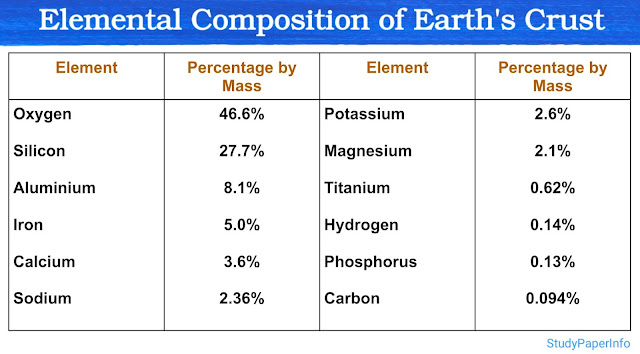What is the cortical cytoskeleton? Describe its significance
The cortical cytoskeleton is a specialized layer of cytoskeletal elements located just beneath the plasma membrane of eukaryotic cells. It is primarily composed of actin filaments, though it may also involve other cytoskeletal components such as intermediate filaments and microtubules in some cases. This structure provides mechanical support to the cell, helping it maintain its shape, and is involved in various cellular processes such as cell movement, division and response to external signals. The cortical cytoskeleton plays a vital role in maintaining cell integrity and enabling cells to interact with their environment.
Significance of Cortical Cytoskeleton
1. Maintaining Cell Shape
- The cortical cytoskeleton plays a major role in determining and stabilizing the shape of the cell. It acts as a scaffold that supports the plasma membrane and prevents excessive deformation under mechanical stress. This network ensures that the cell maintains its structure and resilience, which is vital for its survival.
2. Cell Movement and Motility
- The actin filaments in the cortical cytoskeleton are essential for cellular movement. They allow the cell to extend pseudopodia, form lamellipodia (broad, sheet-like protrusions), or create filopodia (finger-like projections) during cell migration. This ability to move is crucial during processes like wound healing, immune cell trafficking and the development of the embryo.
3. Cell Division (Cytokinesis)
- During cell division, the cortical cytoskeleton is essential for cytokinesis, the final phase of cell division, where the cytoplasm divides. The actin filaments form a contractile ring at the center of the cell that pinches the cell into two daughter cells. This ensures that the division process is smooth and accurate, maintaining proper cell numbers.
4. Intracellular Transport and Signal Transduction
- The cortical cytoskeleton is also involved in intracellular transport. It helps in organizing vesicles, organelles and other materials to their correct locations within the cell. In addition, it supports signal transduction pathways, allowing the cell to respond to external signals like hormones, growth factors and other environmental stimuli.
5. Neuronal Function and Synaptic Plasticity
- In neurons, the cortical cytoskeleton contributes to the formation and maintenance of dendritic spines, small protrusions on dendrites where synapses are located. These spines are involved in synaptic plasticity, a process crucial for learning and memory. The ability of neurons to change and adapt their connections is, therefore, directly influenced by the cortical cytoskeleton.


Comments
Post a Comment